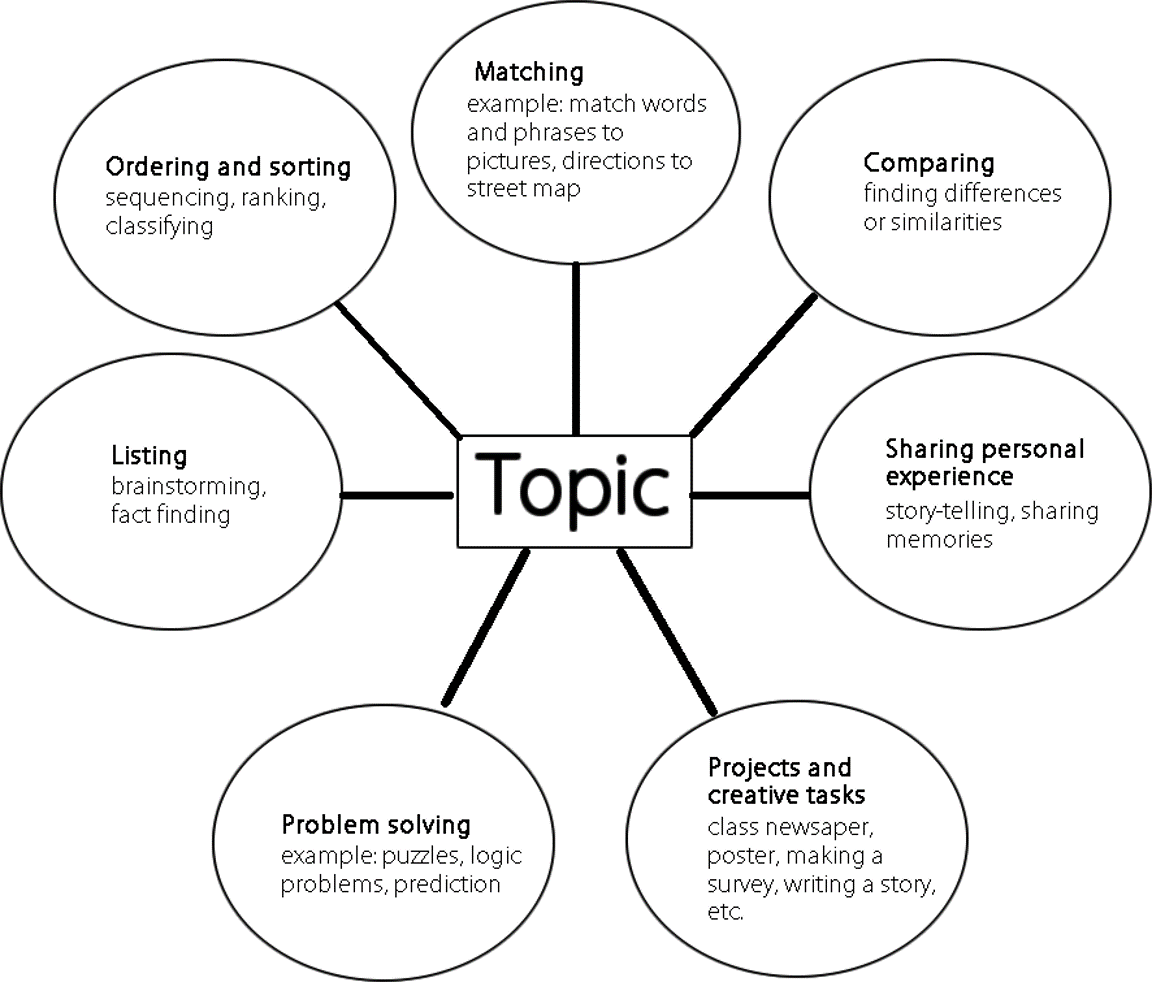Report on Tamo’s Lesson: Discovery Approach
Small task → Lesson → Small task
Student’s Goal: Learn the most popular dreams of the class
Pedagogical Goal: Students understand and use ‘want’ and ‘want to be’.
- Small task 1: What’s your dream?
- Asks students if they had any difficulties (silence)
- Instruction:
- Students listen to the CD and have to become aware of “want to be”
- Teacher checks the meaning of want to and want to be
- Small task 2:
- Teacher asks, “What do you want to do if you have a lot of money and you are free?”
- Students prepare their answers by writing (in Japanese). Then students have to ask and answer in English by walking around the class.
- Then they share their responses in groups of 4.
- Wants students to discuss the rankings in English.
- One issue is that students did not do the group work in English.
- Summary
- Confirm the grammar point
- Students write a reflection
Tamo’s thoughts
- Small task 1 gives students necessity to listen to the CD
- Goal of this class is interesting for students; it gives them a reason to speak.
- It is difficult to make tasks: thinking of the idea and coordinating in the class

Possible research questions
- Can students learn junior high school grammar items through “small tasks”?
- To what extent can students use English in group work during tasks?
- Which encourages grammar learning, a discovery or didactic approach?
Tamotsu’s paper
I Contextual Background and Literature Review
- (現状 on) I Interaction and assessment at Iwate Schools →
- About TBLT, Assessment
- Proposal
Methodology
- Research questions
- Participants
- Data collection
- Data anlysis
- Teaching plan
Findings
- Results of the classes (pre and post test, student reactions, learning outcomes, student talk in groups, etc.)
Discussion
- Answering the research questions and discussing the implications the findings have for English education in general.
Conclusion
- Summarize everything and conclude with a strong final statement
- Discuss future research